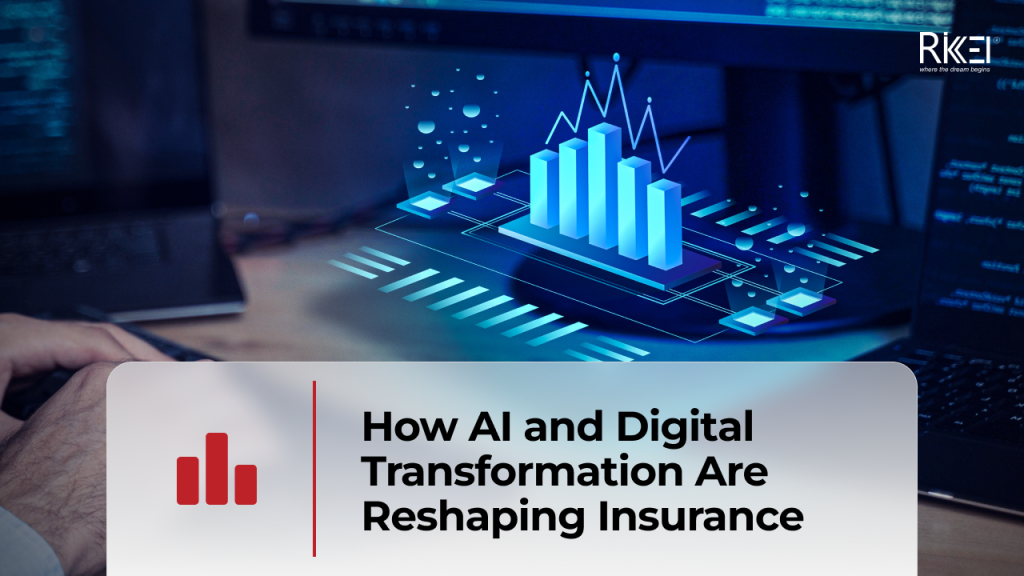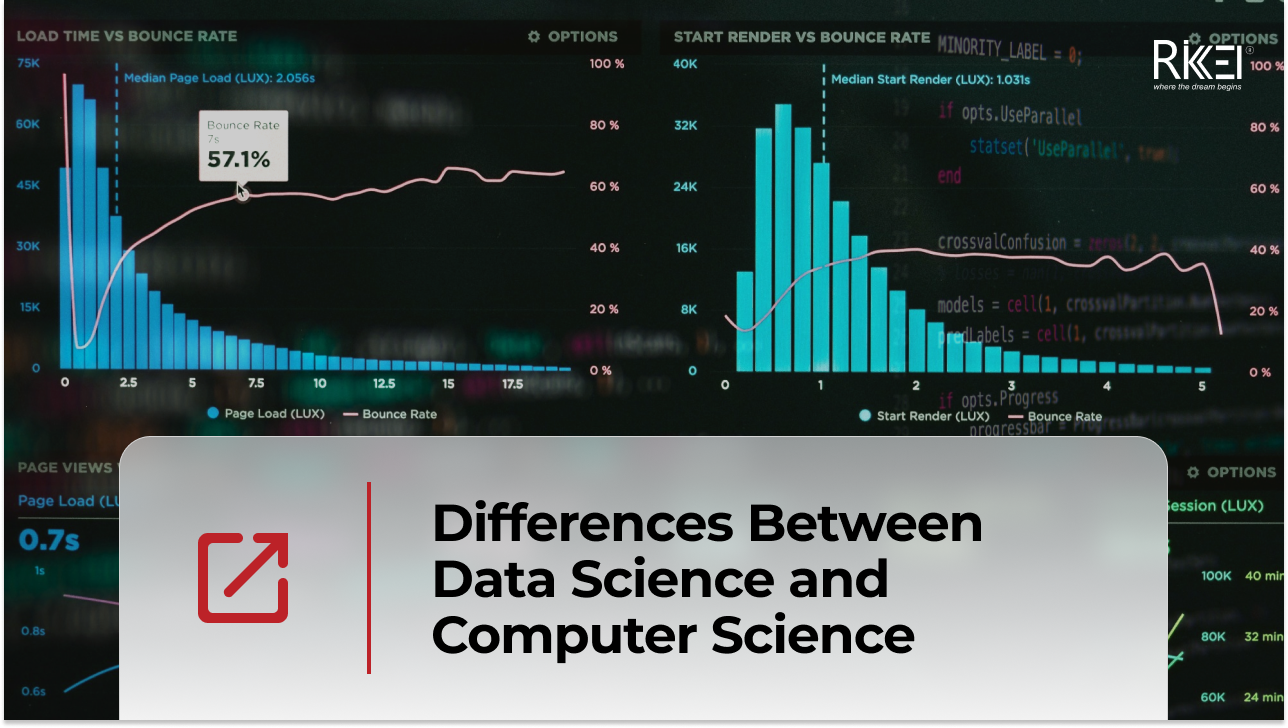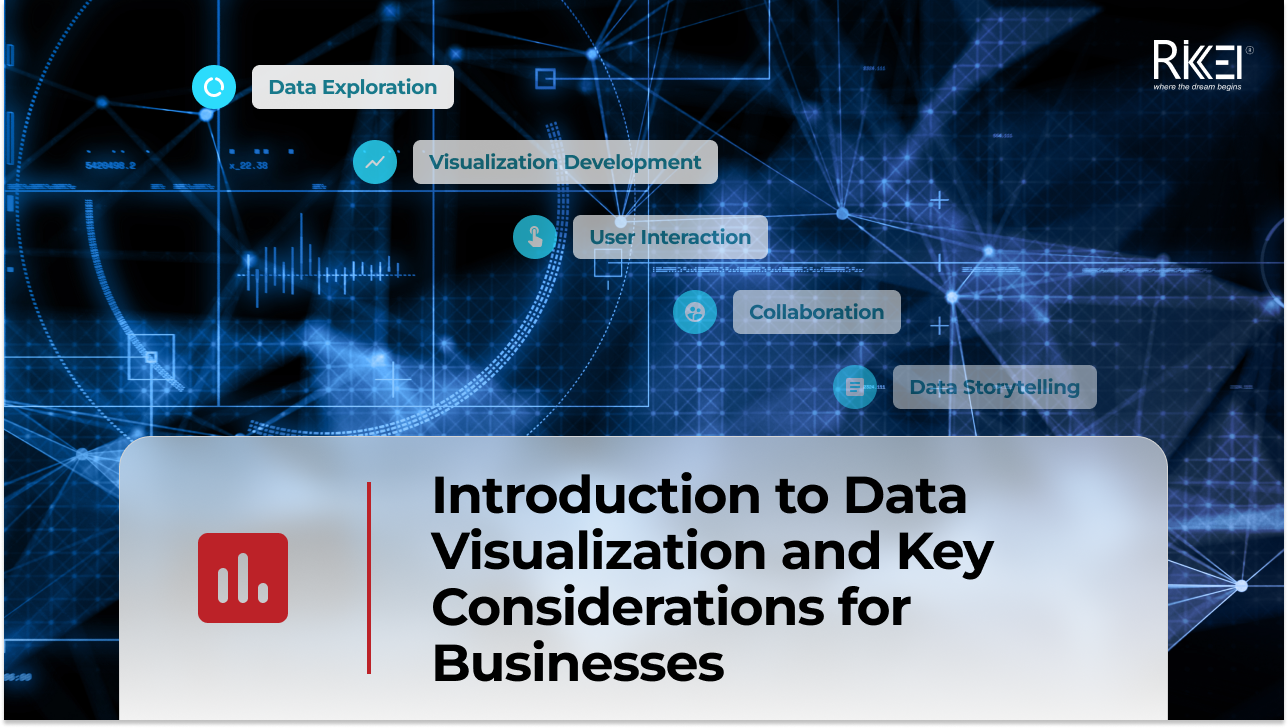Australia’s Fintech Revolution: Trends Shaping the Future of Digital Finance
Contents
Australia has emerged as one of the most dynamic fintech hubs in the Asia-Pacific region, driven by strong consumer demand for digital financial services, supportive government regulations, and the widespread adoption of innovative technologies. As the industry matures, the imperative for digital transformation has become unmistakable: fintechs and financial institutions alike are under pressure to modernize infrastructure, enhance data capabilities, and elevate user experience to stay competitive.
Fintech Momentum in Australia
The Australian fintech sector has expanded significantly in recent years. As of 2022, approximately 775 fintech companies were operating nationwide, up from 718 in 2021 (ITNews, 2022). The sector covers diverse areas such as digital payments, lending, blockchain, wealth management, and regulatory technology (RegTech). According to Mordor Intelligence, the Australian fintech market is projected to grow from USD 11.78 billion in 2025 to USD 23.69 billion by 2030, reflecting a robust compound annual growth rate of 15 percent. This expansion is fueled by favorable government policies like the Consumer Data Right (CDR), high smartphone penetration, and strong consumer trust in digital payments.
Digital payments remain the most significant and fastest-growing segment, accounting for over 44% of the fintech market (Mordor Intelligence, 2024). With real-time payments supported by the New Payments Platform (NPP) and the widespread use of mobile wallets, Australia is among the world’s leading cashless economies.
Neobanking is also expanding strongly, projected to grow at a CAGR of 18.6% through 2030. The rollout of open banking has accelerated data-sharing adoption, with the number of participating institutions increasing by 165% since 2022 (The Fintech Times, 2024).
AI and automation are gaining traction in areas such as fraud detection, credit assessment, and customer engagement. According to the EY FinTech Australia Census 2023, 88% of fintechs are post-revenue and 43% are profitable, marking a shift toward commercial maturity and sustainability.
The overall market is forecast to reach USD 9.5 billion by 2033, up from USD 3.8 billion in 2023, driven by ongoing digital adoption and supportive regulation (IMARC Group, 2024).
Key Trends Shaping Australia’s Fintech Landscape
Digital and Real-Time Payments
Australia is rapidly transitioning toward a cashless society. In 2023, cash accounted for only 6% of the total point-of-sale transaction value, one of the lowest figures globally (The Guardian, 2023).
This shift has been driven by the New Payments Platform (NPP), which enables near-instant transfers between banks and powers consumer services like PayID and Osko. Digital wallets and contactless payments now dominate everyday transactions, while Buy Now, Pay Later (BNPL) services continue to evolve under tighter regulation.
The rise of real-time payments illustrates how Australia’s financial infrastructure is becoming increasingly data-driven, agile, and interconnected.
AI and Data-Driven Finance
Artificial intelligence (AI) and machine learning (ML) are now central to fintech innovation in Australia. According to the 2023 EY FinTech Australia Census, 88% of Australian fintechs reported being post-revenue, and 43% were already profitable, reflecting a maturing and increasingly data-driven sector (EY, 2023).
AI and analytics are widely applied in fraud detection, credit scoring, customer service automation, and product personalization. However, these advancements also bring new priorities: ensuring model transparency, managing ethical AI practices, and maintaining robust data infrastructure to meet compliance standards.
As a result, AI is becoming not only a tool for innovation but also a benchmark for operational excellence in Australia’s fintech landscape.
RegTech and Compliance
Regulation has long been a key strength of Australia’s financial system. Initiatives such as the Consumer Data Right (CDR), coupled with rigorous anti-money-laundering (AML) and counter-terrorism financing (CTF) laws, have made compliance an integral part of fintech strategy.
This environment has spurred the growth of RegTech, technology solutions that streamline compliance, automate reporting, and strengthen identity verification and risk monitoring. Regulatory technology is now a vital enabler of trust and resilience, helping both startups and established financial institutions operate with greater transparency and speed.
RegTech’s rise underscores a defining feature of Australian fintech: innovation built on a foundation of robust governance.
Mobile-First and Embedded Finance
With mobile penetration exceeding 95% of the population (Statista, 2024), Australians increasingly expect fast, secure, and intuitive digital financial experiences.
From mobile payments and investment apps to digital insurance and lending platforms, fintechs are designing services for seamless access anytime, anywhere. The rise of embedded finance, where financial features are integrated into non-financial platforms such as retail or travel apps, reflecting how digital convenience is redefining user expectations.
This “mobile-first” behavior has made design, usability, and reliability central to customer loyalty in the Australian financial market.
Green Innovation in FinTech
Following several years of aggressive expansion, Australia’s fintech industry is entering a phase of consolidation and sustainability. In 2023, total fintech deal value dropped to A$910 million, down 76% from the previous year (Australian FinTech, 2024).
This slowdown signals a maturing market, the one that prioritizes profitability, resilience, and long-term value creation over rapid fundraising. At the same time, new areas such as Green Fintech are emerging, where financial data and technology are used to support environmental, social, and governance (ESG)-aligned investment and lending decisions.
The next phase of Australia’s fintech evolution will focus on a sustainable, data-driven transformation that balances growth with responsibility.
Future Outlook for Australian Fintech
Australia’s fintech evolution is moving beyond digital adoption toward intelligent, data-driven integration. Behind every successful fintech innovation lies a robust technological foundation. To stay competitive, businesses must view digital transformation not as a one-time upgrade but as a continuous process of innovation and adaptation. This growing demand for agility and scalability underscores the vital role of technology-driven partnerships, where expertise and advanced capabilities can help financial institutions keep pace with the market’s rapid evolution.
At Rikkeisoft, we built long-term partnerships with clients in the BFSI domain across Japan, the United States, and Southeast Asia. Our expertise spans cloud migration, AI-based data systems, mobile banking applications, and end-to-end software development. As we explore opportunities in Australia, our diverse capabilities for fintech businesses and proven experience in applying AI-driven innovation can provide immediate value to local fintech innovators looking to scale sustainably and competitively.
More From Blog

August 12, 2025
AI and Big Data in Building Smart Insurance Platforms
The insurance industry is now standing at a pivotal moment in its digital evolution. Traditional insurance models built on historical data analysis and reactive risk assessment are rapidly giving way to intelligent, predictive platforms powered by artificial intelligence and big data analytics. This transformation represents more than technological modernization; it’s a fundamental reimagining of how […]

July 23, 2025
Insurtech’s Game-Changing Trends: How AI and Digital Transformation Are Reshaping Insurance
The financial technology sector is experiencing unprecedented change, making it essential for business leaders and technology professionals to stay ahead of emerging innovations. Throughout 2025, insurance technology (insurtech) has emerged as a powerful catalyst for change, fundamentally altering how insurance providers conduct business, engage with clients, and assess risks. This technological evolution represents more than […]

April 4, 2024
Big Data Performance: Maximize Your Business Value
In today’s data-driven world, organizations are constantly generating and collecting immense amounts of data to understand their customers more deeply. This data, often referred to as “big data,” holds immense potential for organizations to seek opportunities and overcome challenges. But accessing and analyzing big data isn’t enough to have proper strategies; organizations must pay attention to […]

April 4, 2024
How Real-Time Data Analysis Empowers Your Business
In today’s fast-paced business landscape, the ability to quickly make data-driven decisions has become a key differentiator for success. Real-time data analysis, the process of analyzing data as soon as it’s generated, has emerged as a powerful tool to empower business across industries. By leveraging real-time data analysis, organizations can gain timely and actionable insights, […]

April 4, 2024
Differences Between Data Science and Computer Science
Data Science and Computer Science are distinct fields overlapping in certain areas but have different focuses and objectives. The article below will help you clearly understand the differences and the close connection between the two fields. What is Data Science? Data Science is an interdisciplinary field that combines scientific methods, processes, algorithms, and systems to […]

March 28, 2024
Introduction to Data Visualization and Key Considerations for Businesses
In your opinion, what is data visualization? Your main goal is to communicate your recommendations engagingly and effectively, right? To achieve this, let’s immediately explore a method that can represent information with images. What is Data Visualization? Define data visualization and their roles in organizations First, you need to find the answer to the question: […]

